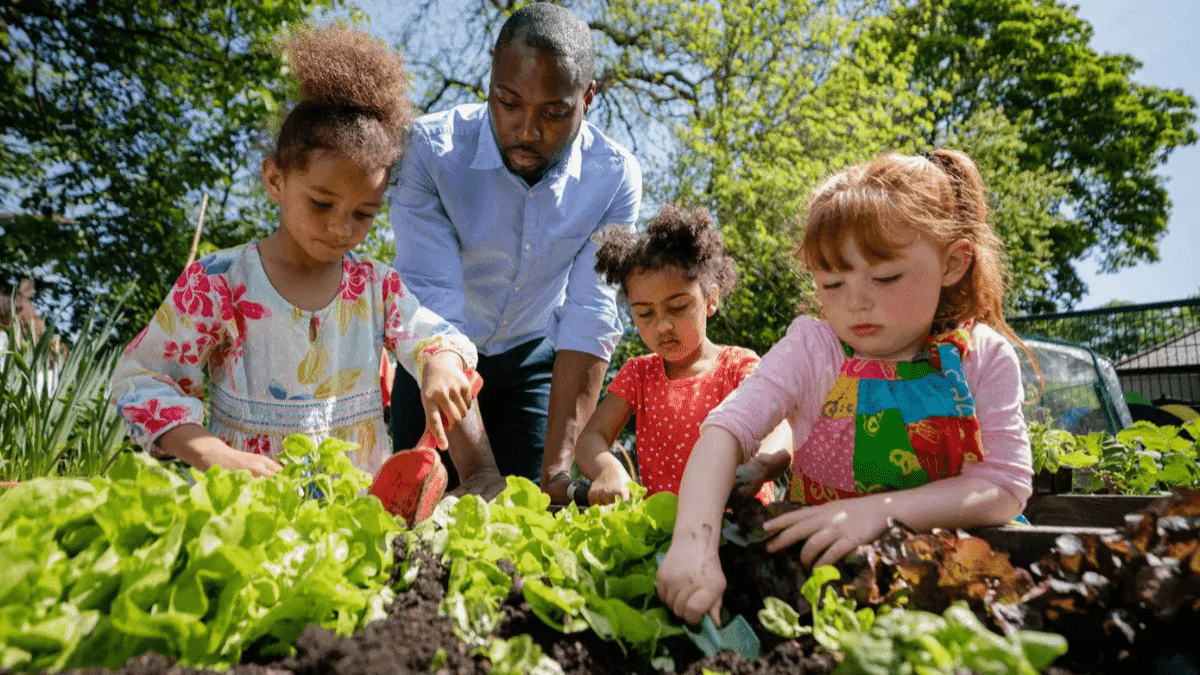There is supporting evidence that nature based learning is effective because children who allocate time to go out regularly show better regulation of emotions, performance in academics and better concentration. Here is how you can integrate nature into your child’s daily learning.
Contents
Forage and cook seasonally
There are times in the year where it is the perfect time to forage for food like autumn where blackberries are plentiful. By foraging, you can teach your children to enforce seasonal and sustainable habits for eating and foster a sense of understanding of your land.
Go outdoors regularly
Going out can provide opportunities to interact with nature. Go on walks in the gardens at Otto Place condo or nearby nature parks. Let your child develop appreciation and curiosity around the environment, like listening to bird songs and observing seasonal changes.
Use a journal for nature
Kids can log and jot down all the observations and things they have seen during their trip outside in a notebook that can serve as a journal. You can also be creative with it to make it fun for your children, like letting them place leaves, sticks, or anything they find in their adventure journal, or let them do a sketch of what they have found, like an insect or butterfly, or the place they visited.
Creat a small wildlife house at home
You can have wildlife in your home by doing small changes like installing a small pond or water fountain, and a feeder to attract animals that are around your area, such as birds, insects and more to your home. By doing this, you will help your kids realize how important conservation is and the ecosystem around them.
Imaginative play
Encourage your kids to be more imaginative and think out of the box, so when they pick up anything in nature they can be creative on what it could be used for, like props for storytelling or as materials to build something interesting to develop your child’s problem solving skills, creativity and other aspects.

